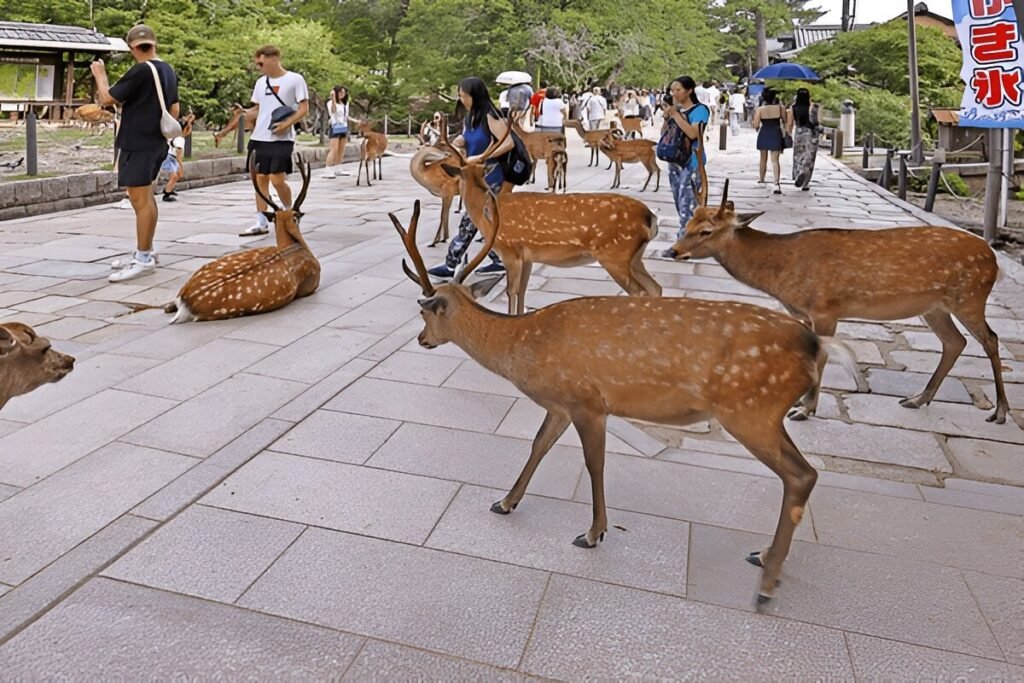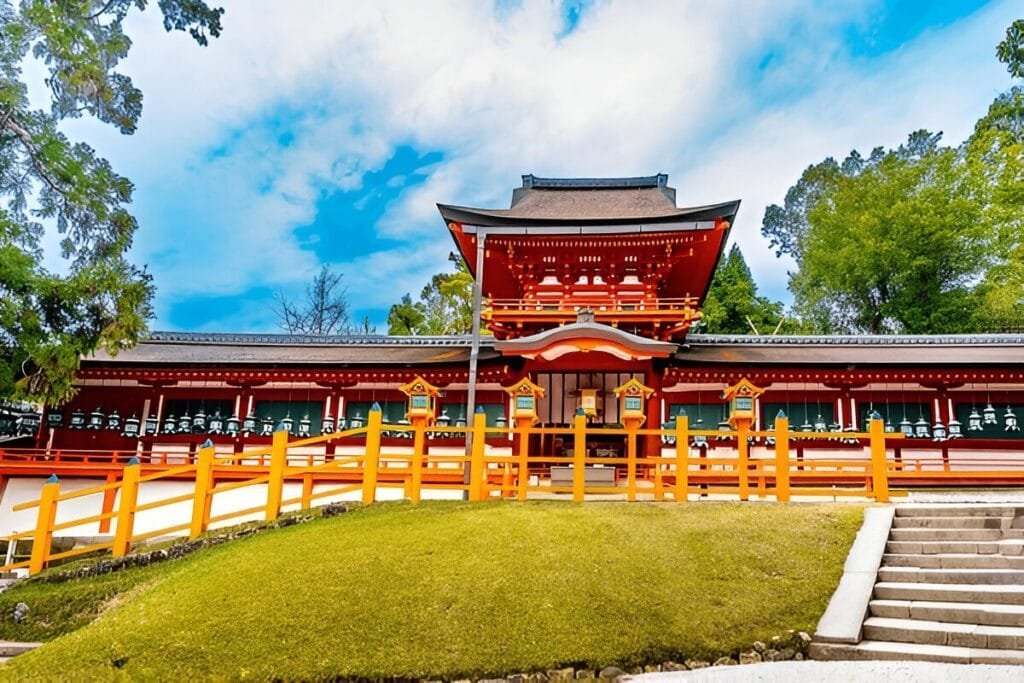Introduction:
Located in the bustling city of Shanghai, China, Yu Garden is an oasis of tranquility and a must-visit destination for anyone interested in the exquisite art of classical Chinese landscaping. First established during the Ming Dynasty in 1559, this tranquil garden encapsulates the artistic conceptions of the ancient Chinese, offering a serene retreat from the city’s modern bustle. Steeped in history and culture, Yu Garden embodies traditional Chinese architecture and design, making it an emblem of China’s rich cultural heritage.
Unveiling the Awe-Inspiring Elegance of Yu Garden
Yu Garden, also known as the Garden of Happiness, is a stunning example of a classical Chinese garden. Covering an area of about five acres, the garden is divided into six main scenic areas: Sansui Hall, Wanhua Chamber, Dianchun Hall, Huijing Hall, Yuhua Hall, and the Inner Garden. Each area is distinct, featuring pavilions, halls, rockeries, ponds, and cloisters all intricately arranged. The winding paths, hidden alcoves, and diverse plant life invite exploration and discovery, ensuring each visit is a unique experience.
With its mesmerizing scenery and tranquil atmosphere, Yu Garden is considered a masterpiece of classical Chinese landscaping art. The garden is a complex ensemble of pavilions, kiosks, rocks, and water features, all meticulously placed to create a harmonious and balanced composition. The superbly preserved buildings, with their ornate carvings and delicate artwork, exude an air of serenity and elegance, reflecting the traditional Chinese belief in the unity of heaven and earth.
The Profound Symbolism in Classical Chinese Landscaping
The design of Yu Garden reflects the profound symbolism in classical Chinese landscaping. The elements of water, stone, and plants are used not merely for their aesthetic value but also to signify different philosophical concepts. The water, with its ever-changing moods, represents life’s dynamism and flexibility. The rocks symbolize endurance and steadfastness, while the plants, with their seasonal changes, embody the endless cycles of life and death.
Moreover, the layout of the garden itself carries deep symbolism. The garden’s zigzagging pathways, for instance, are designed to create a sense of journey or life’s unpredictability. In contrast, the numerous windows and doors found throughout the garden, each framing a different view, symbolize the infinite possibilities of life. This intricate intertwining of aesthetic beauty and philosophical meaning is a characteristic feature of classical Chinese gardens, making them reflective spaces for introspection and contemplation.
Conclusion:
Visiting Yu Garden offers much more than a simple visual feast; it is an immersive journey into the ancient Chinese philosophy and way of life. The garden’s tranquil beauty and profound symbolism provide a refreshing contrast to the fast-paced urban life, making it an unforgettable experience. As you stroll through the winding paths, soak in the serene atmosphere and contemplate the deeper meanings hidden within its design, you’ll find a sense of peace and harmony that can be seldom found elsewhere. Embark on this journey of discovery and let the timeless elegance of Yu Garden touch your soul.
Description of the Attraction:
Yu Garden stands as a spectacular testament to the artistry of classical Chinese landscaping. The Garden is a harmonious ensemble of ancient buildings, pavilions, ponds, rockeries, and cloisters, all arranged to create a tranquil and picturesque setting. The garden’s key features include the magnificent Great Rockery, the oldest and largest in the region, and the Jade Rock, a rare and uniquely shaped 5-ton boulder.
A visit to Yu Garden is also an immersion into Chinese history and culture. The Dianchun Hall area, once the headquarters of a revolutionary group, showcases historic relics and the story of their rebellion against the government. Each building and structure in the garden carries a historical significance, their names often derived from classical literature or inscribed with poetic couplets, adding to their charm.
Things to Do:
Visitors can wander through the beautiful pavilions and terraces, relax by the tranquil ponds, or marvel at the ornate carvings and decorations that adorn the ancient buildings. A popular activity is to enjoy a tea ceremony in the Huxinting Teahouse, a charming structure nestled amidst a lotus pond. During the traditional Chinese festivals, the garden hosts various cultural performances and events, making it an even more vibrant and lively destination.
Local Tips:
The best time to visit Yu Garden is in the early morning or late afternoon when the crowds are fewer. Remember to wear comfortable shoes as the garden’s paths are uneven and can be slippery. Also, bringing a camera is a must to capture the garden’s picturesque scenes. Cultural courtesy dictates that visitors should respect the serene environment and refrain from loud noise.
How to Get There:
Yu Garden is easily accessible by public transportation. From Shanghai city center, you can get there by subway (Line 10, Yuyuan Garden Station). The journey takes about 20 minutes. Alternatively, you can take a taxi or hire a private car.
Nearby Attractions:
Nearby attractions include the bustling Yuyuan Market, where you can enjoy local snacks and find unique souvenirs, and the famous Bund, a waterfront area offering fantastic views of Shanghai’s skyline. Also close by is the Shanghai Old Street, a historic street showcasing traditional Chinese architecture.
Conclusion:
A visit to Yu Garden offers a unique opportunity to experience the beauty and wisdom of classical Chinese landscaping. As you explore the garden, you will not only enjoy the serene and picturesque environment but also gain deeper insights into Chinese culture and philosophy. Whether you are a history buff, a nature lover, or simply a fan of beautiful landscapes, Yu Garden will not disappoint. So why wait? Plan your visit to this enchanting garden and let its timeless charm captivate your soul.






